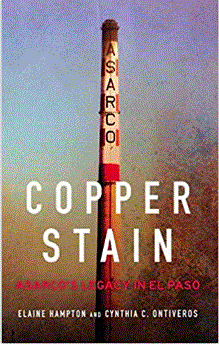Sean Parson (Northern Arizona University), Cooking up a revolution: Food Not Bombs, Homes Not Jails, and Resistance to Gentrification (Manchester University Press 2019).
| During
the late 1980s and early 1990s the City San Francisco waged a war with the
homeless. During this period over 1,000 arrests and citations where handed
out by the police to activists for simply handing out free food in public
parks. Why would a liberal city arrest activists helping the homeless? In
exploring this question, the book uses the conflict between the city and
activists as a unique opportunity to examine the contested nature of urban
politics, homelessness, and public space while developing an anarchist
alternative to liberal urban politics that is rooted in mutual aid,
solidarity, and anti-capitalism. In addition to exploring theoretical and
political issues related to gentrification, broken-windows policing, and
anti-homeless laws, this book provides both activists, students, and
scholars, examples of how anarchist homeless activists in San Francisco
resisted these process.
-Publisher's Description
|




